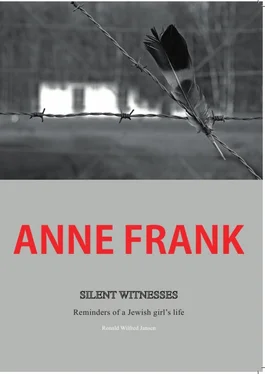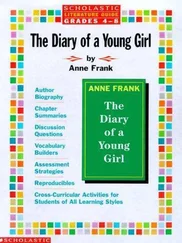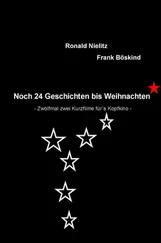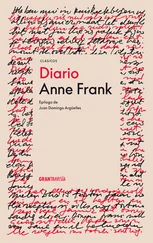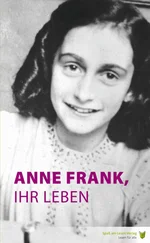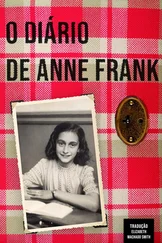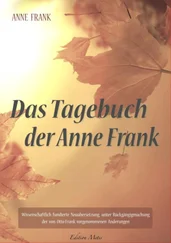Nothing is left of the old medieval town that Anne would stroll through as a very young child. Many Jewish monuments have also disappeared for good. Some of the old buildings, such as the baroque café on Hauptwache, were reconstructed after WWII. Because of its strategic location at the river Main, Frankfurt managed to recuperate quickly. It is now a modern city and an important financial centre. The horizon is dominated by tall skyscrapers with lots of glass and steel; because of these buildings, Frankfurt am Main is sometimes referred to as Europe’s Manhattan. Old and new buildings are scattered randomly across the map in an architectural chaos. The clear medieval street plan no longer exists.
After the war, the Jüdische Betreuungsstelle der Stadt Frankfurt am Main (Frankfurt Municipal Care for the Jews) 51took care of the survivors. In 1945, four hundred of them returned to Frankfurt. On 9 November 1946, the Jews remembered their dead on the Jewish cemetery at 10 Rat-Beil-Strasse. 52Only a handful of monuments to the rich, pre-war Jewish life have survived up to the present. For example, the Jewish cemetery at 238 Eckenheimer Landstrasse, 53founded in 1928, commemorates the 12,000 Jewish citizens of Frankfurt who, like Ann, died during the war, as does the cemetery on Rat-Beil-Straße.
The municipality did not attempt to restore the Westend Synagogue directly after WWII: there was a lack of finances as a result of the war and a lack of faith in the re-emergence of a flourishing Jewish community after the Holocaust. The first post-war religious function in the synagogue was held on 12 September 1945. The sermon was given by Rabbi Leopold Neuhaus (1879-1954), a Theresienstadt survivor. However, many Jews no longer felt at home in Frankfurt am Main, and ended up leaving for the United States and Israel. By 1949, over 5,000 Eastern European Jews had arrived in Frankfurt because they were no longer able to thrive in their own country.
On 6 September 1950, the Westend Synagogue was re- consecrated and, during the 1989-1994 restorations, many original 3 building elements were revealed. The current appearance of the synagogue is very similar to what the Franks would have seen.
Frankfurt University also was heavily damaged during WWII. 54It was rebuilt after the war and re-emerged as a major, international academic centre. The university has not allowed the Holocaust to pass into oblivion. In 2011, the historian Wolfgang Benz (born in 1941) delivered a lecture at the university’s Westend campus—the former premises of IG Farben at 1 Grüneburgplatz—which centred on national-socialist propaganda.
In spite of the heavy bombings on Frankfurt am Main by the allied forces, the IG Farben building survived the war. Since 2000, the Fritz Bauer Institute has been established in this former mass-murder plant. ‘The Fritz Bauer Institute is an interdisciplinary, independent research, documentation and educational organisation that studies the history of national-socialist mass crimes in general and the Holocaust in particular, as well as its impact up to the present. The institute is located in the IG Farben building on the Westend Campus of the Goethe University Frankfurt am Main.’ 55A memorial plate at the entrance of the former plant states: ‘This building was designed by the architect Hans Poelzig [(1869-1936)] and erected between 1928 to 1931 as the headquarters of IG Farben Industries. Between 1933 and 1945, as one of the largest chemical concerns in the world, the company increasingly put its scientific knowledge and production technologies into the service of war preparations and the National Socialist regime of terror. From 1942 to 1945, IG Farben, together with the SS, maintained the concentration camp at Buna-Monowitz adjacent to the IG Farben factory at Auschwitz. Of the ten thousand prisoners made to work for the company there, most were murdered. In the Nazi extermination camps many hundreds of thousands of people, mostly Jews, were killed by Zyklon B gas, which was sold by an IG Farben company. From 1945 the building was the seat of the American military government and the High Commissioner for Germany. On 19 September 1945, the State of Hesse was proclaimed here. From 1952 to 1995 the building was the headquarters of the 5 thCorps of US Army. Aware of the history of the 3 building, the State of Hesse acquired it in 1996 for the Johann Wolfgang Goethe University. In the future it will be used for teaching and research. Nobody can withdraw from the history of one's people. One should know that the past must not be based on forgetting else it returns and becomes the present.’ Visitors can take an architectural tour of this bleak building. 56Anne’s home at 307 Marbachweg also survived WWII. The Franks lived there until late March 1931. When I arrived there, I noticed that, since the old photographs were taken, the urban villa has hardly changed: it is easy to recognise the windows with their green shutters and the gabled roof. The birch tree in front of the 307 Marbachweg residence has grown tremendously since Anne’s times, and now occupies a prominent place in the garden. Anne would look out on a much smaller tree.
One of the current residents allowed me to take photographs outside the building. For security reasons, however, he preferred not to have any pictures taken in the courtyard or inside the house. Of course, I thanked him and respected his wishes. The 307 Marbachweg residence does not have a plate commemorating Anne. She used to have a beautiful view from the balcony, which is now obstructed by cars, fences and the foliage of a tree.
In Frankfurt am Main, the Holocaust is still being studied, and some of the younger citizens are interested in Anne and her legacy. The Jugendbegegnungsstätte Anne Frank e.V youth group 57is located in the Dornbusch district, half a mile from Marbachweg and a mile from Ganghoferstrasse. 58Fortunately, the urban villa at 24 Ganghoferstrasse also survived the war: the suburb was never bombed. The Dornbusch district is situated in the north of Frankfurt am Main. Anne lived there from late March 1931 to late March 1933. Most of the buildings in this street still breathe a thirties atmosphere. The upper floor of 24 Ganghoferstrasse allows a nice view of the street and its urban villas. I like such houses; their individual architecture, the history of their residents and the fact that they are not all the same like terraced 3 houses. I simply ignore the cars, asphalt road, street lighting and road marks that remind me of the present.
I was received on a friendly note by the current residents of 24 Ganghoferstrasse. I rang the doorbell and was lucky to find them home because the letter I had sent them through TNT (currently PostNL) came back to me: the villa has multiple inhabitants and I had not directed my letter to a particular person. The current residents informed me that 24 Ganghoferstrasse is visited regularly by students and journalists who are interested in Anne’s story.
I asked the inhabitants whether they recognised the place in the old photo that shows Anne and her sister playing with one of their friends. They did, and enthusiastically pointed me to their backyard. When I took a current photograph of the backyard from the same perspective, I could feel the emptiness Anne left behind.
I appreciate the interest the inhabitants of 24 Ganghoferstrasse take in the history of their home and its previous residents; it makes me feel supported in my project. There is more overgrowth at the back of the house now, and most of the paving stones have made way for a lawn. The sandpit Anne used to play in has disappeared from the backyard. The outline of neighbours’ house is still partly the same, although the open veranda is now a closed veranda.
Three and a half miles south of 24 Ganghoferstrasse was 4 Jordanstrasse where the Franks stayed with Otto’s mother Alice from late March 1933 to July 1933. It is not easy to find 4 Jordanstrasse because the street names changed after WWII. From 1917 through to 1933, Jordanstrasse was known as Mertonstrasse, a name which was then changed to Dantestrasse. Strangely enough, the current Jordanstrasse starts with a number 6. The friendly owner of a café in the current Jordanstrasse handed me an old black-and-white photograph showing the beautiful stately mansions of the 1930 Jordanstrasse. Alice’s home was also in this street: it had a large dome and was surrounded by lush overgrowth. Unfortunately, her former house in Jordanstrasse was demolished following WWII. The neighbourhood’s old atmosphere is completely gone.
Читать дальше
